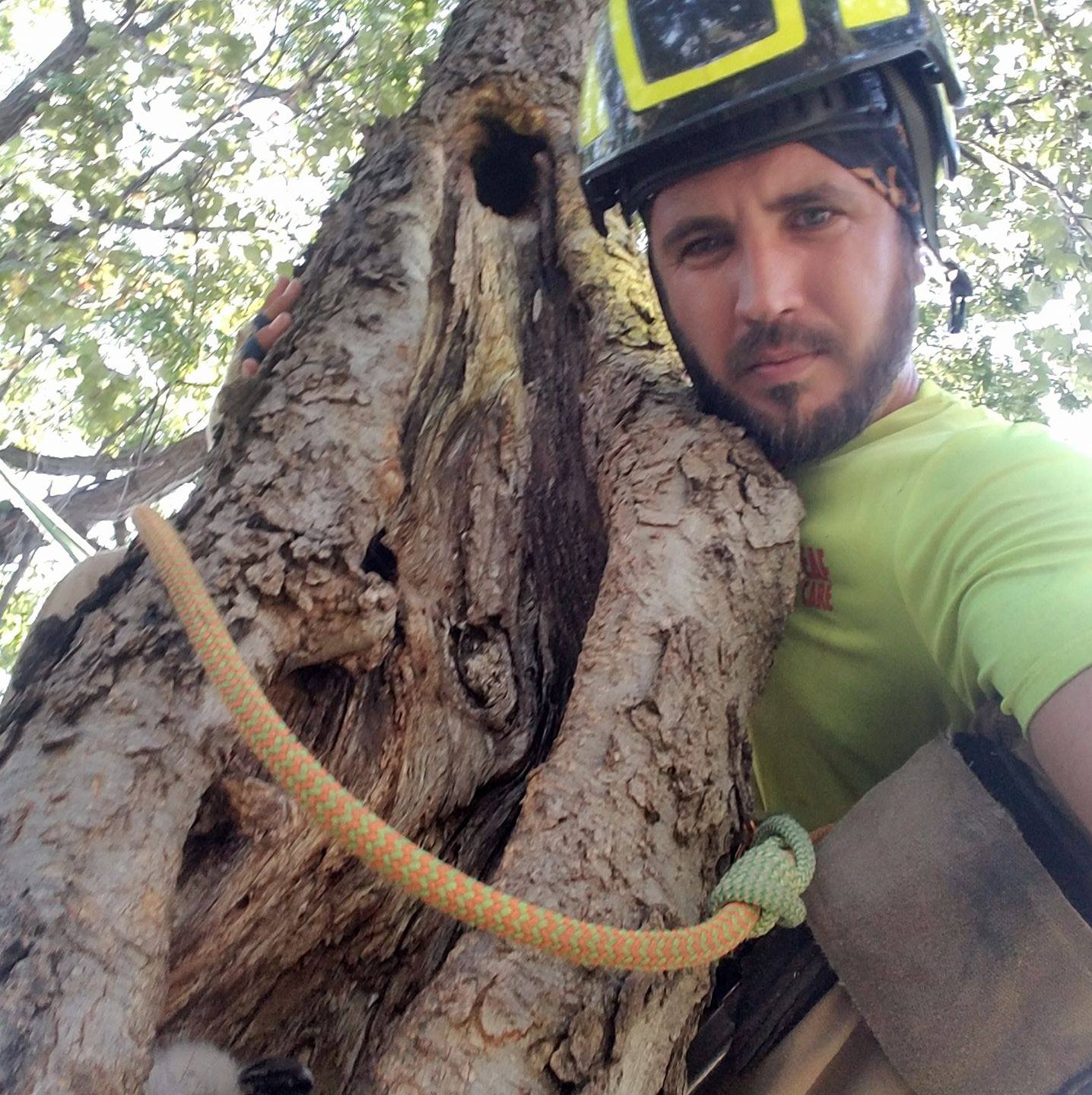Tree wounds can cause irreversible damage, so it’s important to be on the lookout for them. While trees tend to be self-sufficient when recovering from injury, there are ways you can help them better callous and then close a wound.
Because of the influence of humans, tree wounds are actually more likely to happen in yards and urban areas. Some of the causes for tree wounds include:
- Improper pruning
- Lawnmowers
- Storms
- Fires
- Damage from animals
How to Spot a Tree Wound
If you suspect that one of these events might have harmed a tree on your property, take a look for any damage that has broken bark in the trunk of the tree and opened up living tissue.
Wounds like these can be a problem for a few different reasons.
First of all, the wound itself can cause structural issues for the tree, and prevent it from transporting nutrients, so you want it to be able to isolate the injured area and grow healthy tissue. But when the tissue is exposed, other problems may also arise. Bacteria and fungi can infect the wound and further weaken the tree’s structure. Insects and other pests will also feed on the dead tissue created by a wound. And finally, you may just find an untreated wound to be unsightly.
If the Wound is Serious, Don’t Hesitate to Contact an Arborist
Wounds to a tree’s trunk can be lethal. If the damaged area covers more than half of the tree, its future is in serious jeopardy. For cases where anywhere near that much damage has occurred, it’s important to contact a certified arborist. They can give you more specific advice that pertains to your tree’s variety and structure. If you’re in the Dallas/Fort Worth area, Arbor Leaf Tree care will give you a free estimate.
If a wound is small, though, you may be able to work on it yourself.
Trees Compartmentalize — Not Heal — Their Wounds
Unfortunately, trees don’t heal the same way people do. In fact, damaged tissue is never really healed at all. Instead of repairing itself from the inside out, a tree grows a callus that covers the area to prevent damage from spreading further. The tree is then able to grow normal tissue around the wound.
Here’s what you can do to help a tree with that process:
How to Repair a Tree Wound
The first thing you’re going to want to do is use a sharp knife to remove the dead and injured bark from around the wound. Avoid cutting away any healthy bark, and keep the cuts as shallow as possibly so you don’t expose any more of the tree’s live tissue than you have to.
Try to form the clean wound into an oval shape. All the bark around this oval should be tight against the tree.
If there are any damaged limbs that were also caused by whatever created the main wound, you should also prune those.
Don’t Be Fooled — Never Dress a Tree Wound
One thing you should not do is paint any kind of substance over the top of the wound. Most of the people telling you to use a wound dressing like a petroleum-based sealer, or even a natural one like aloe vera, are trying to sell you something. The fact is, wound dressings tend to seal in moisture and decay and do more harm than good. If a tree is able to close a wound on its own, a dressing is only going to interfere with that.

